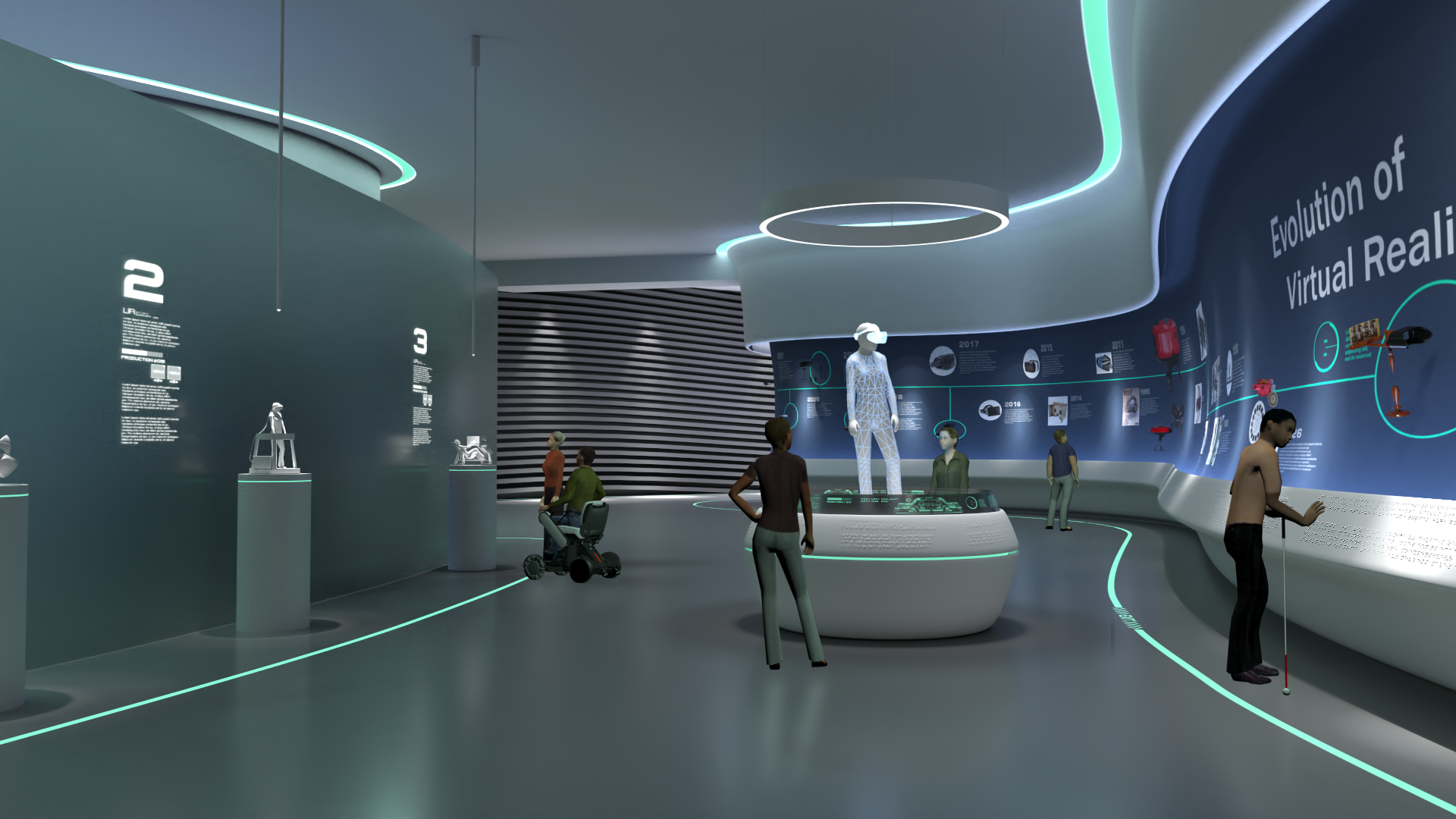
Annotated Bibliography
COPY currently shown bibliography
Making data visualization more accessible for blind and low-vision individuals https://news.mit.edu/2022/data-visualization-accessible-blind-0602
- Researchers have created prototypes that enable screen-reader users to quickly and easily navigate through multiple levels of information in an online chart.
A conformable sensory face mask for decoding biological and environmental signals https://www.nature.com/articles/s41928-022-00851-6
- The paper talks about integrating a sensory interface that can be attached to any face mask to monitor signals related to infectious diseases, environmental conditions and wear status of the face mask.
Schütz, N., Knobel, S. E., Botros, A., Single, M., Pais, B., Santschi, V., ... & Nef, T. (2022). A systems approach towards remote health-monitoring in older adults: Introducing a zero-interaction digital exhaust. NPJ digital medicine, 5(1), 1-13. [cited Sep 28]. Available from: https://www.nature.com/articles/s41746-022-00657-y
- Researchers at Switzerland's University of Bern and Inselspital, Bern University Hospital found that non-contact sensors could be used in the homes of seniors to facilitate early detection of health problems, allowing them to live independently longer and reduce their health care costs. (ACM Newsletter)
Acarón Ledesma, H., Li, X., Carvalho-de-Souza, J.L. et al. An atlas of nano-enabled neural interfaces. Nat. Nanotechnol. 14, 645–657 (2019). https://doi.org/10.1038/s41565-019-0487-x
- A review of the BCI field focused on the materials and implementation designs. Intent is to develop an atlas of different nanotechnologies that can be used in biological interfaces.
Alisha Pradhan, Kanika Mehta, and Leah Findlater. 2018. "Accessibility Came by Accident": Use of Voice-Controlled Intelligent Personal Assistants by People with Disabilities. In Proceedings of the 2018 CHI Conference on Human Factors in Computing Systems (CHI '18). Association for Computing Machinery, New York, NY, USA, Paper 459, 1–13. https://doi.org/10.1145/3173574.3174033
- This study analyzes reviews of the Amazon Echo that are written by people with disabilities, and more specifically people with visual disabilities, in order to understand how people with visual disabilities are using current personal assistant technologies, and how they could potentially be used in the future. Findings show that, although some accessibility challenges exist, users with a range of disabilities are using the Amazon Echo, including for unexpected cases such as speech therapy and support for caregivers.
All Solid-State LiDAR Sensor that Sees 360°. POSTECH. (2022, October 25). https://postech.ac.kr/eng/all-solid-state-lidar-sensor-that-sees-360/?pageds=1&k=&c
- This article discusses a new ultra-small LiDAR sensor that can see in all directions without revolving like current sensors. This will allow LiDAR to be used in new contexts, including nanotech.
Astler, D., Chau, H., Hsu, K., Hua, A., Kannan, A., Lei, L., ... & Tang, C. M. (2011, October). Increased accessibility to nonverbal communication through facial and expression recognition technologies for blind/visually impaired subjects. In The proceedings of the 13th international ACM SIGACCESS conference on Computers and accessibility (pp. 259-260). https://doi.org/10.1145/2049536.2049596
- Article discussing the algorithms and design concepts of a device that can capture and communicate non-verbal messages to a blind user.
Azenkot, S., Ladner, R. E., & Wobbrock, J. O. (2011). Smartphone haptic feedback for nonvisual wayfinding. The Proceedings of the 13th International ACM SIGACCESS Conference on Computers and Accessibility. https://doi.org/10.1145/2049536.2049607
- These researchers used three different methods for navigation using feedback. One uses the phone as a compass, one uses touch at the corners of the phone to navigate, and the last uses vibrations to indicate direction. Participants enjoyed using the last two, specifically the vibrations and the researchers are looking to integrate in more technical navigation system.
Batzianoulis, I., Iwane, F., Wei, S. et al. Customizing skills for assistive robotic manipulators, an inverse reinforcement learning approach with error-related potentials. Commun Biol 4, 1406 (2021). https://doi.org/10.1038/s42003-021-02891-8
- Use of reinforcement learning to learn users' preferences and adapt robotic manipulators.